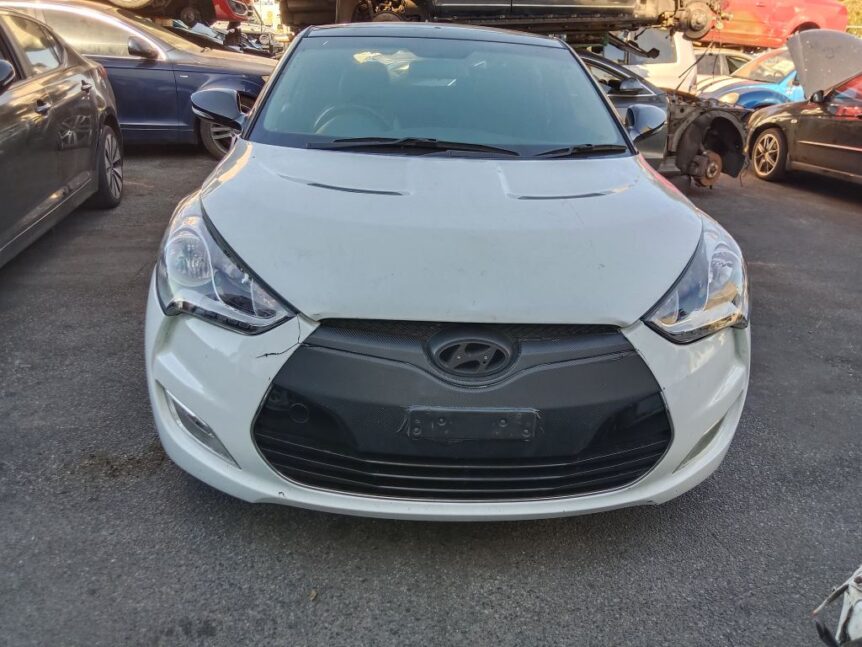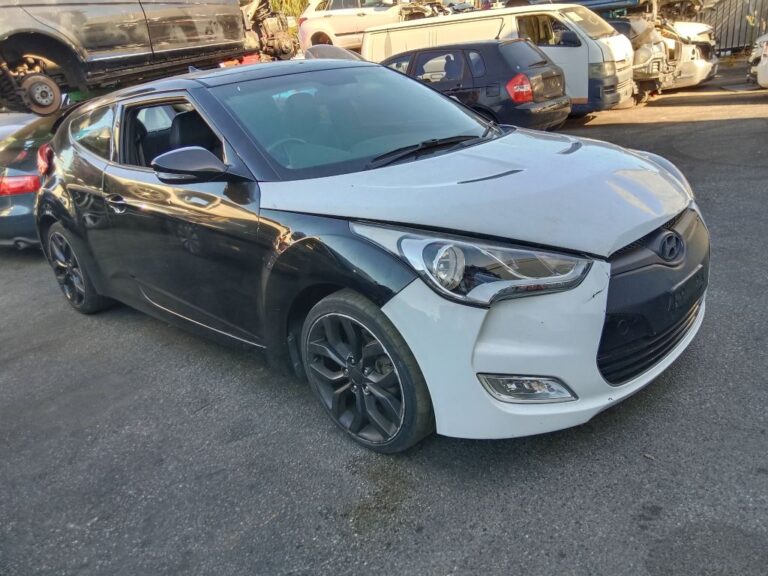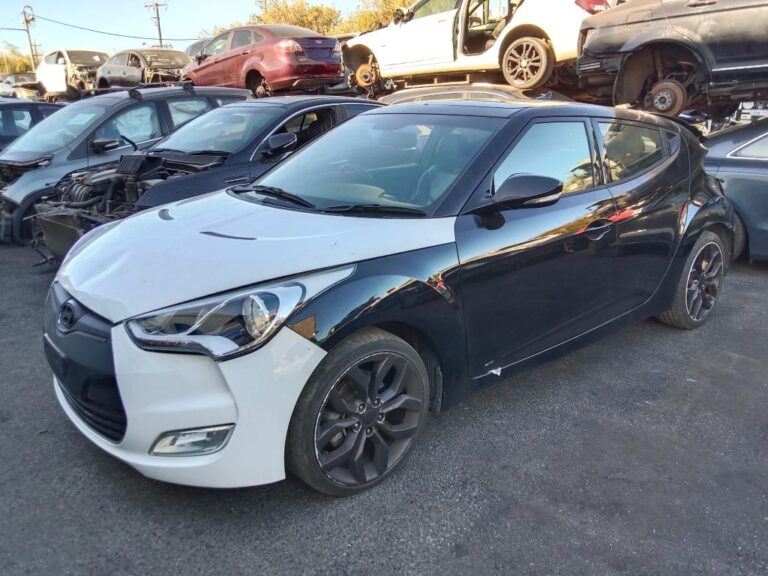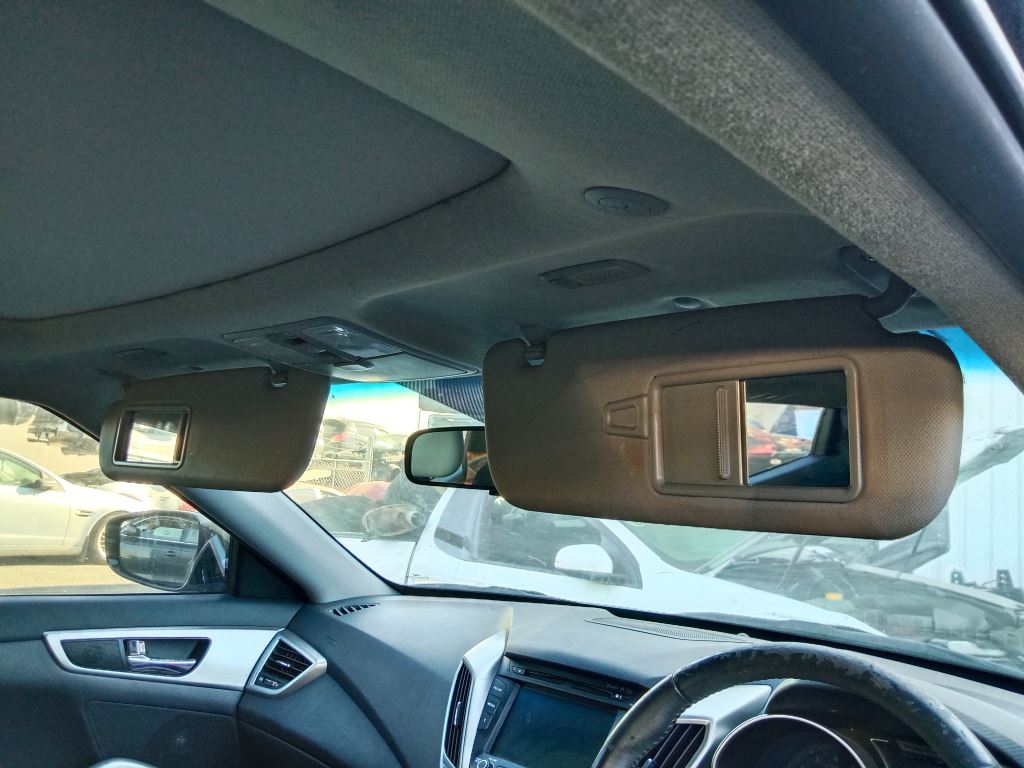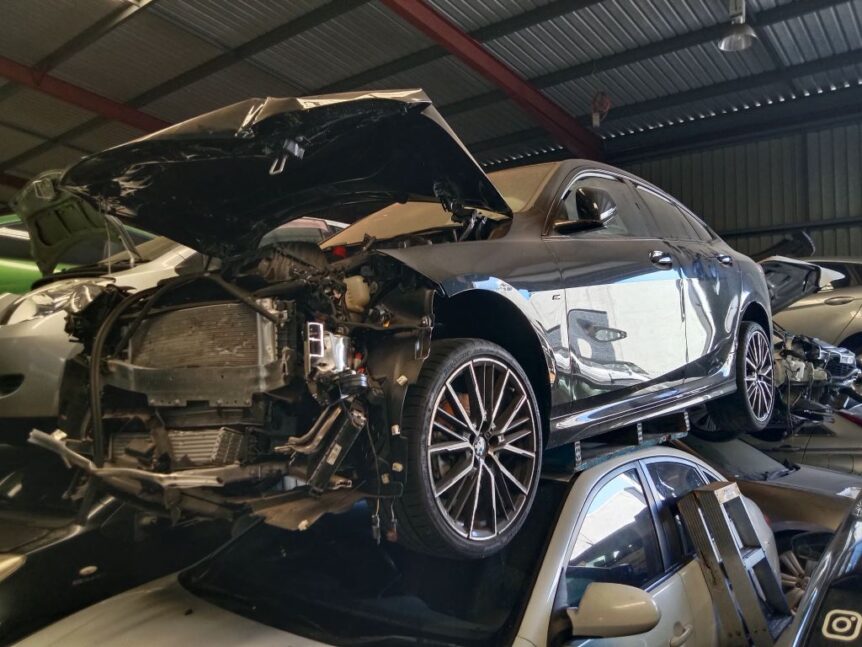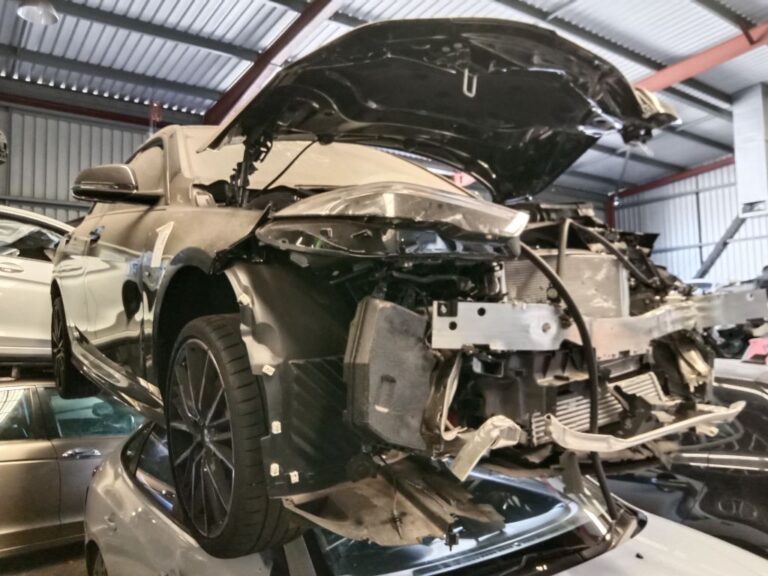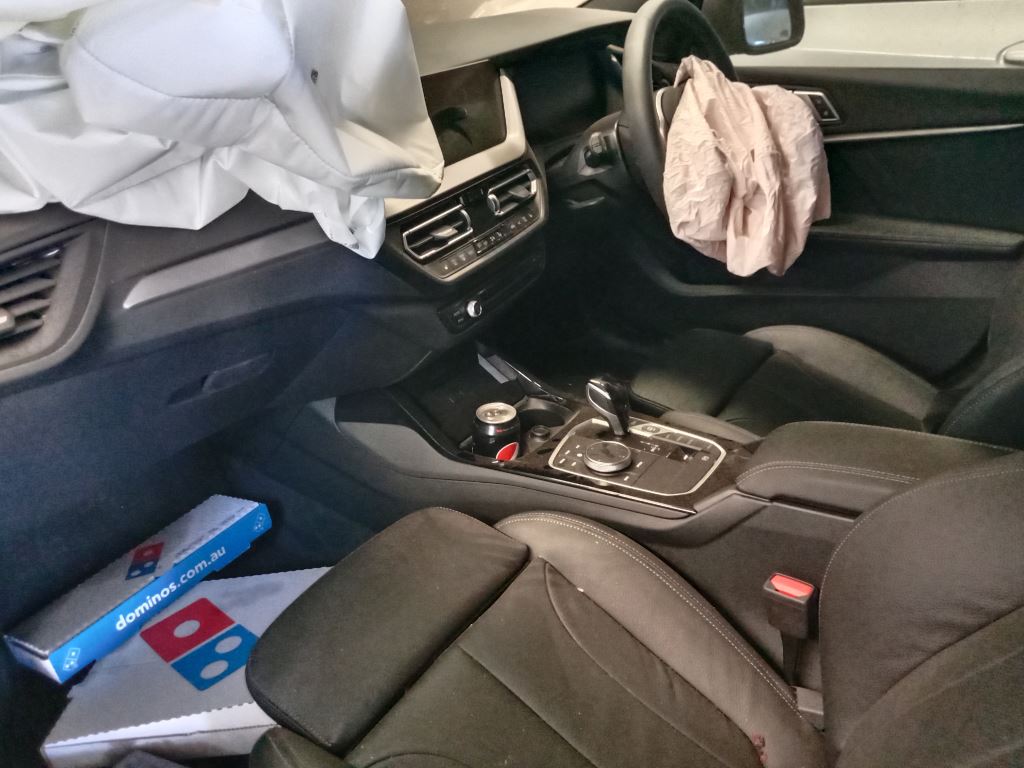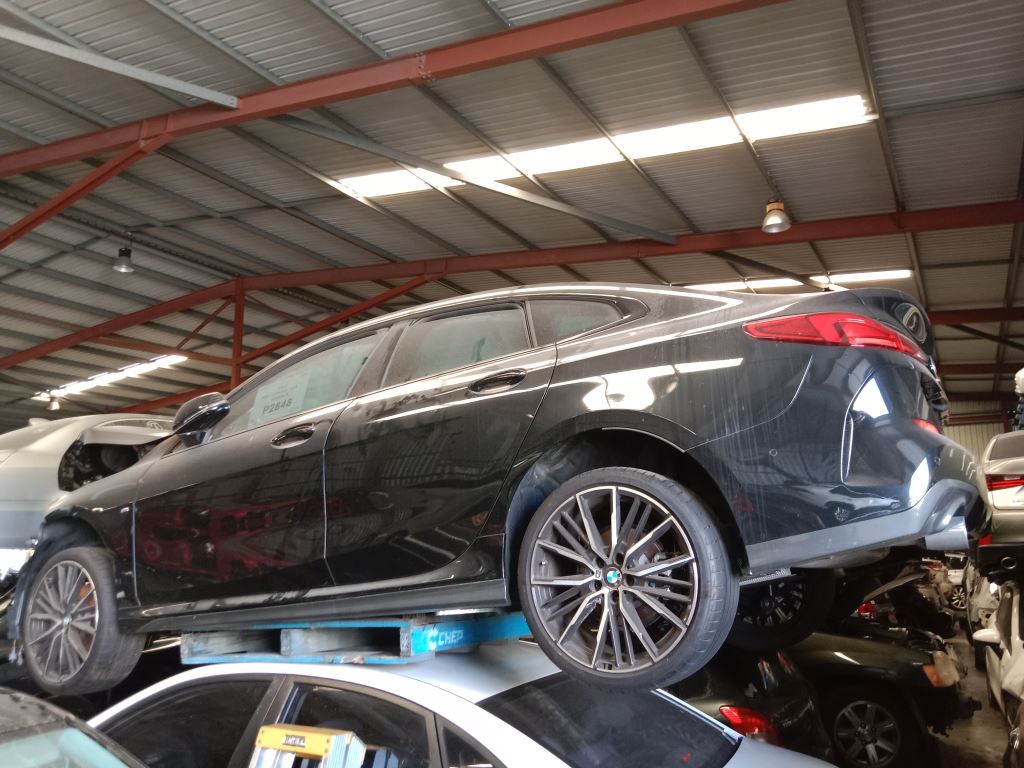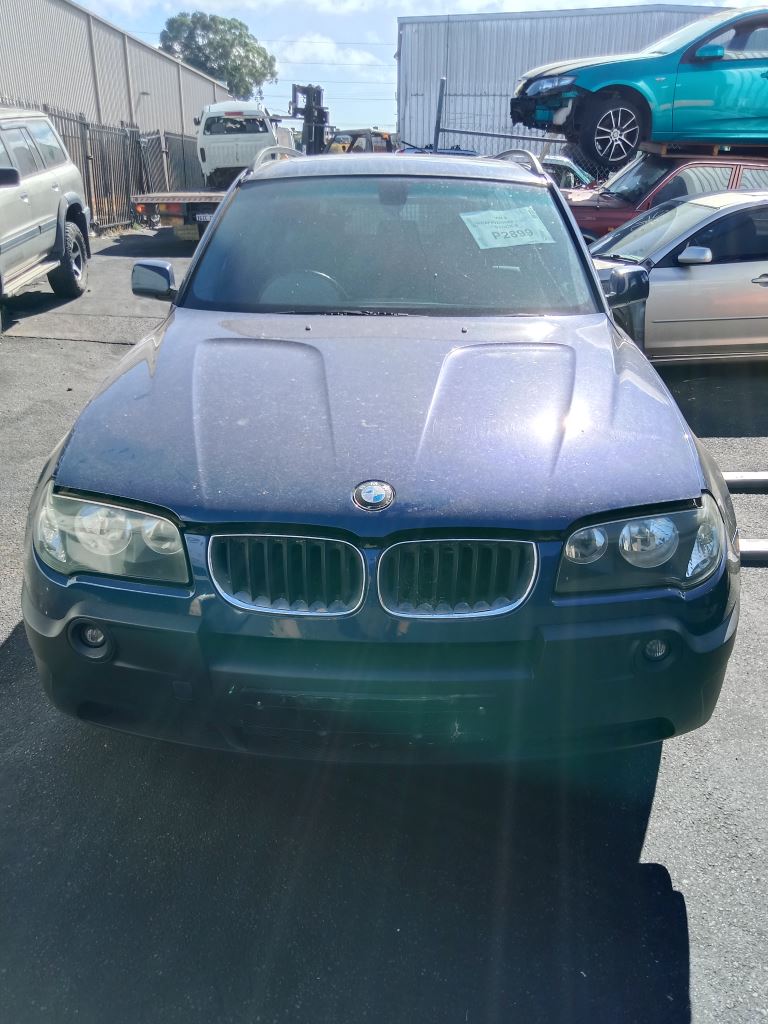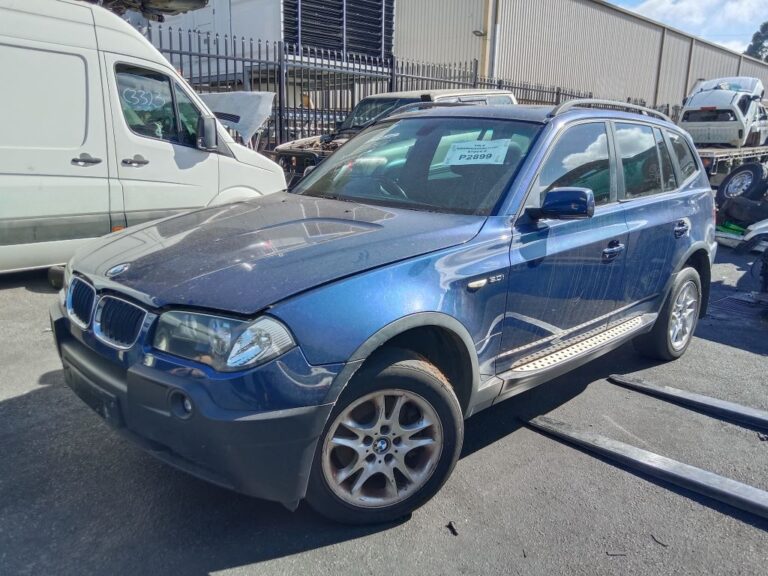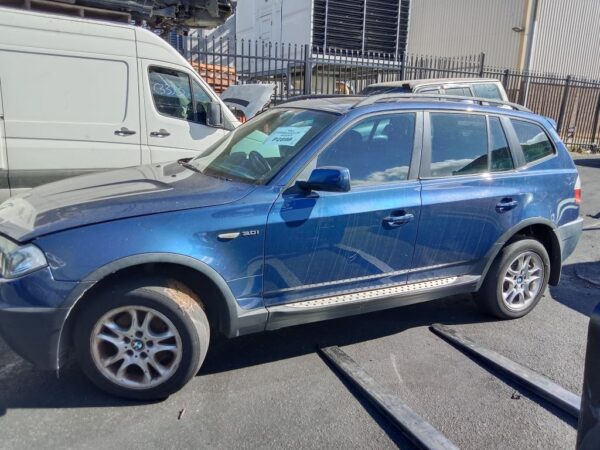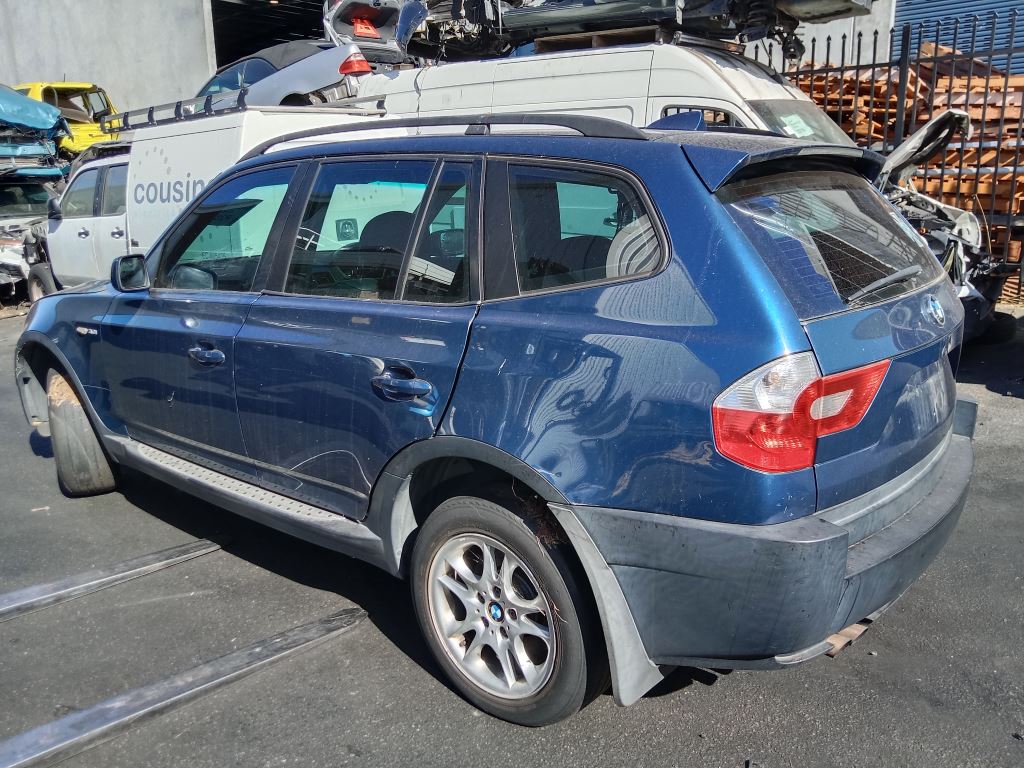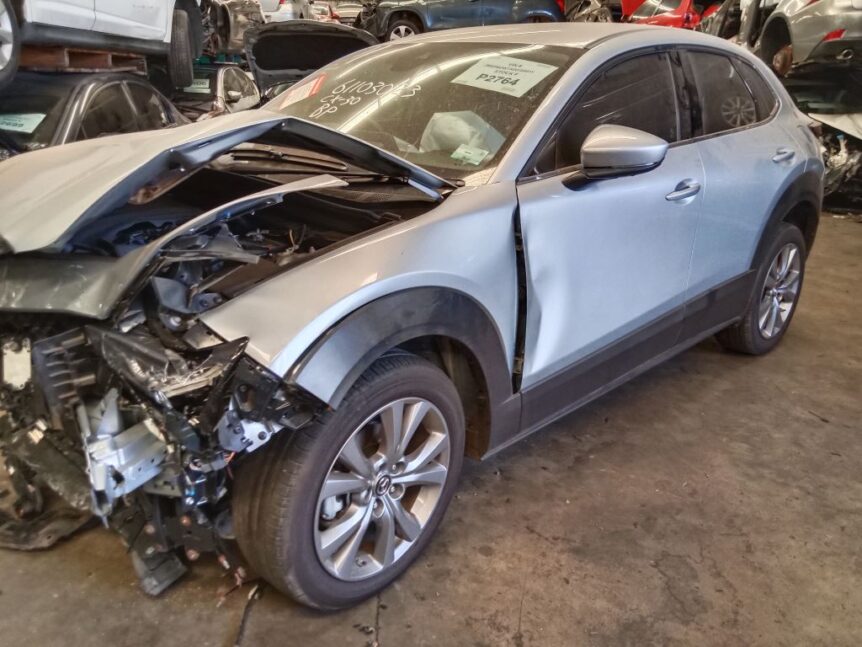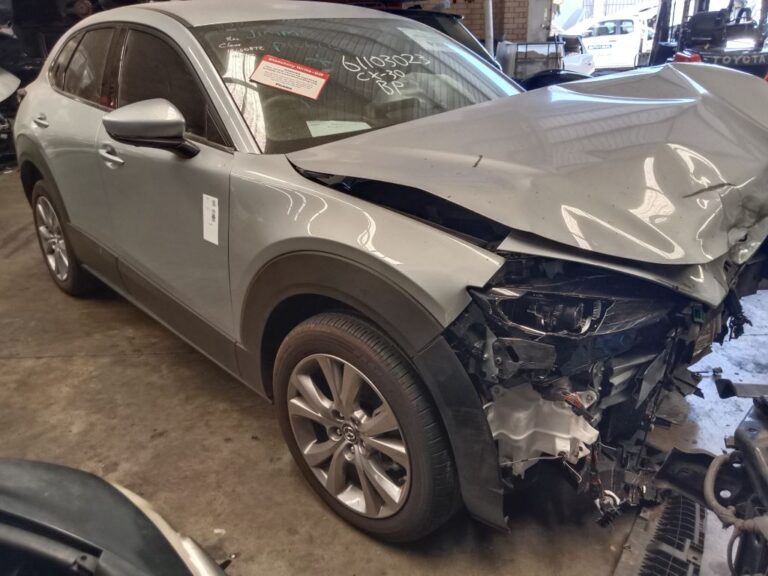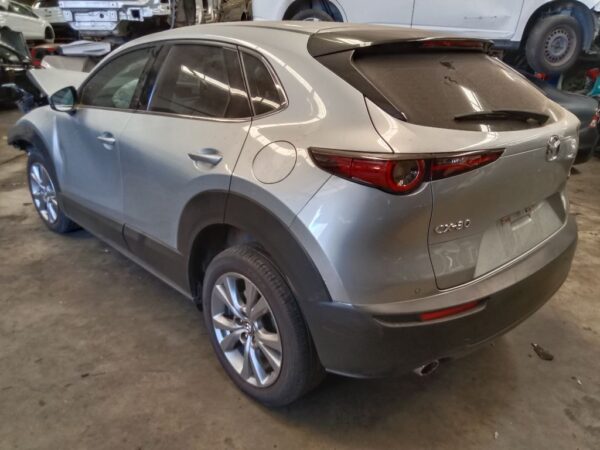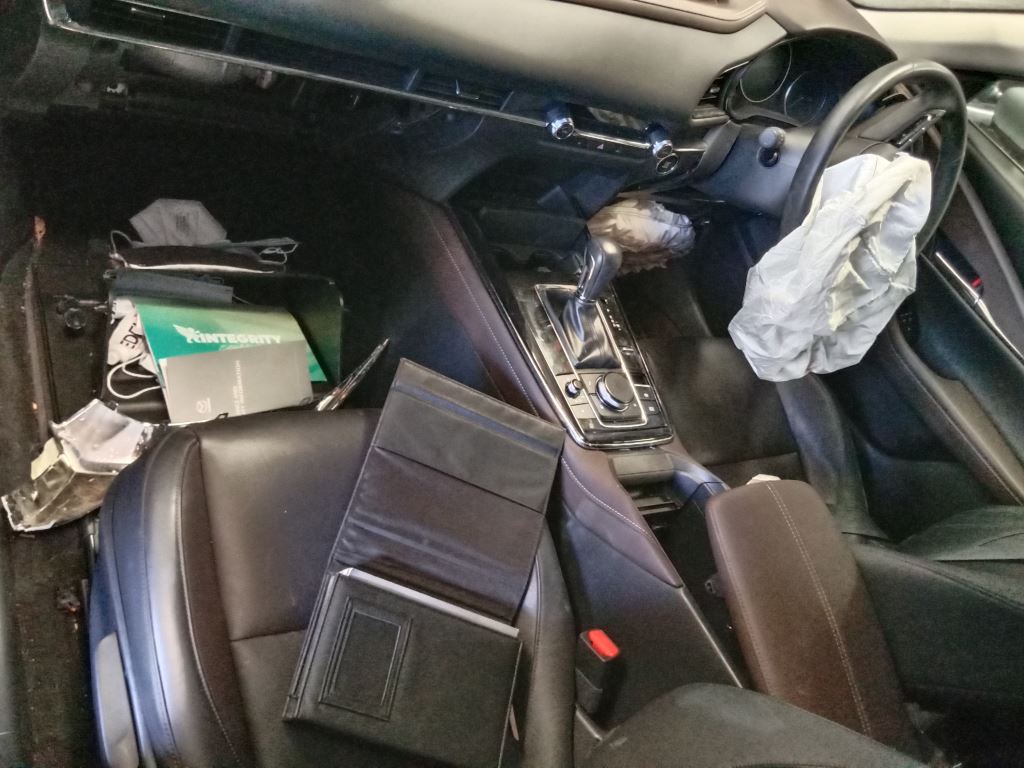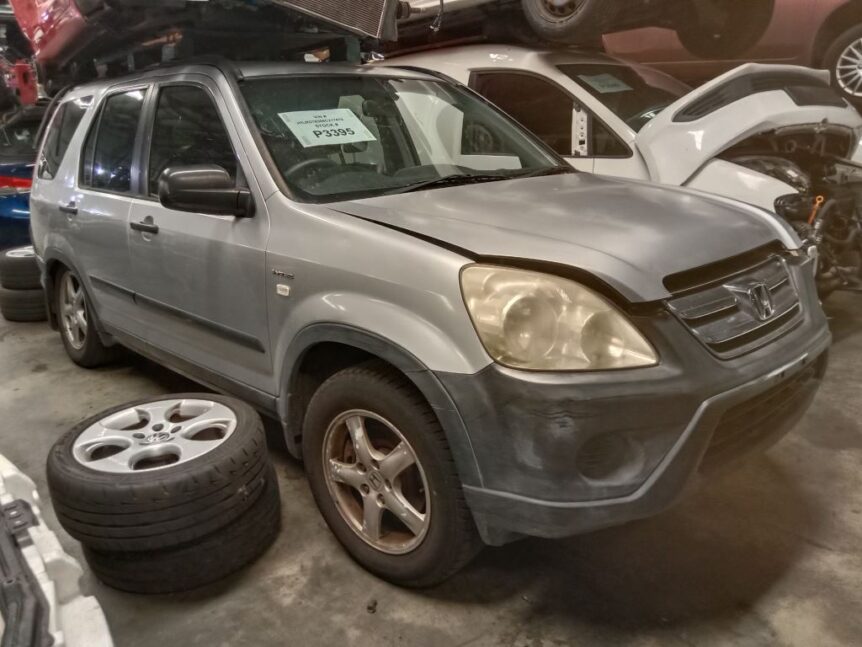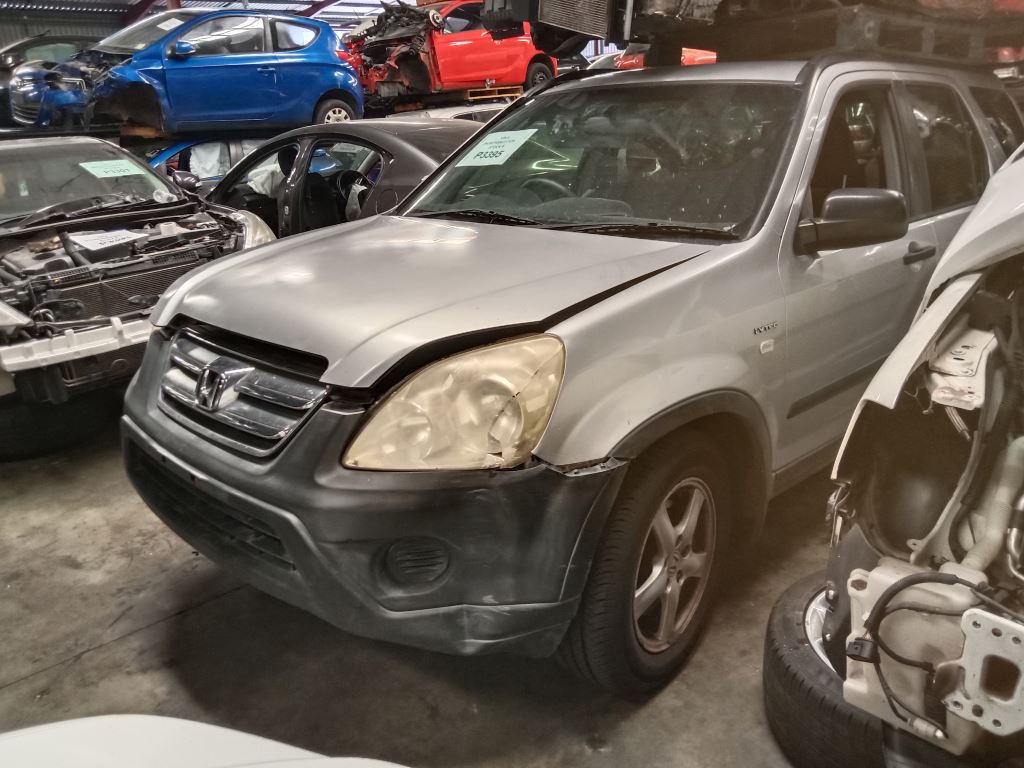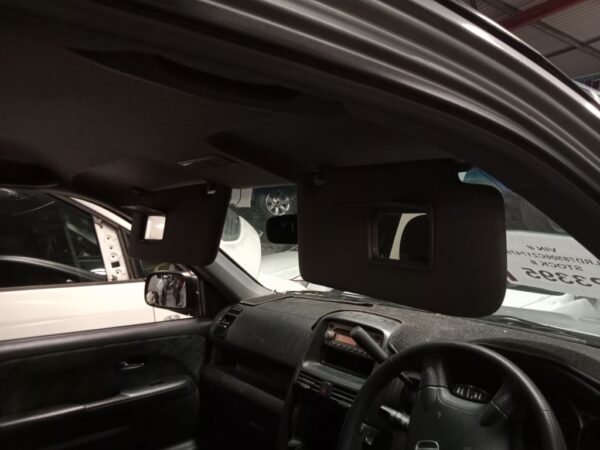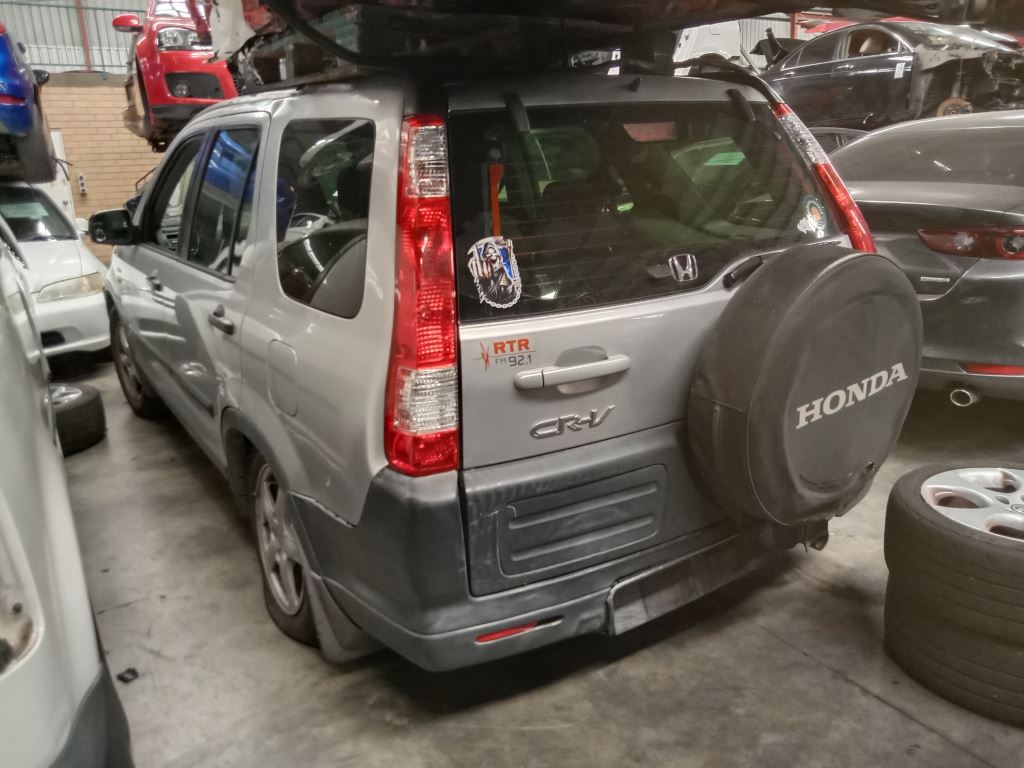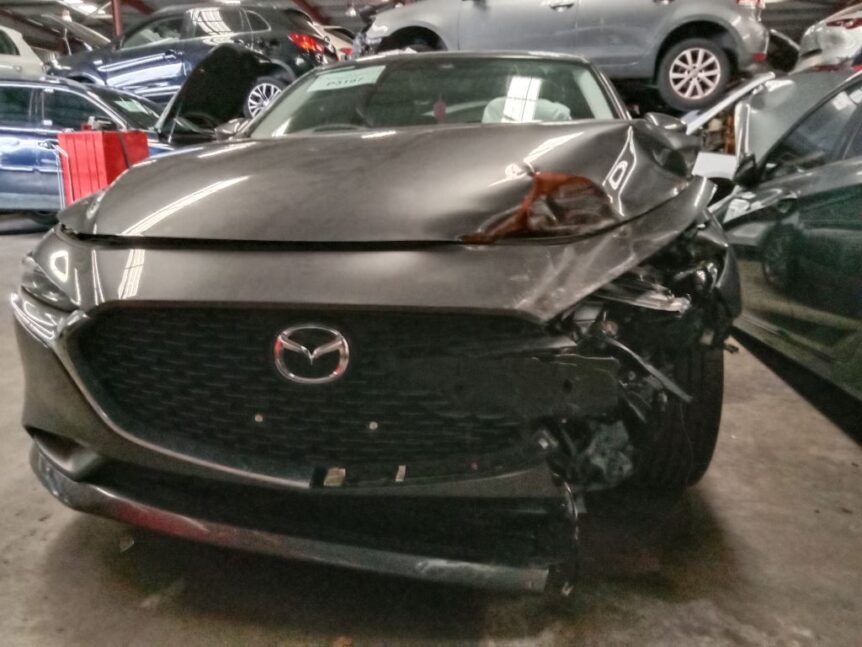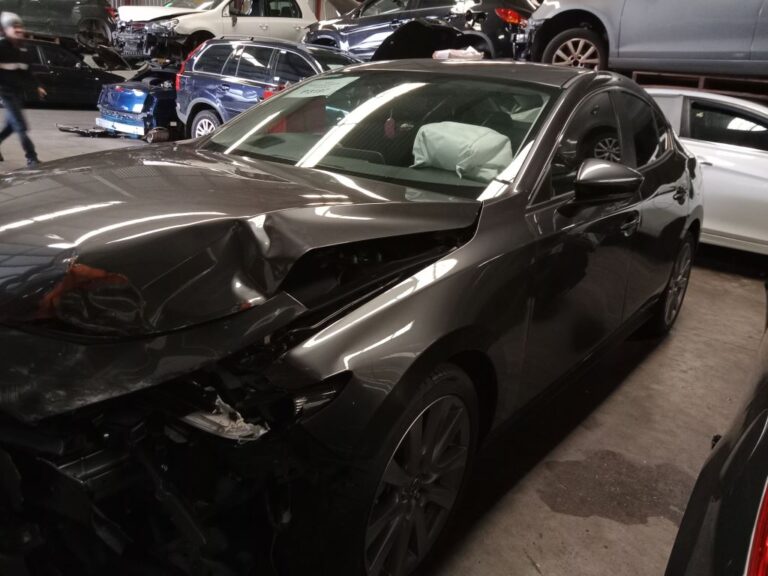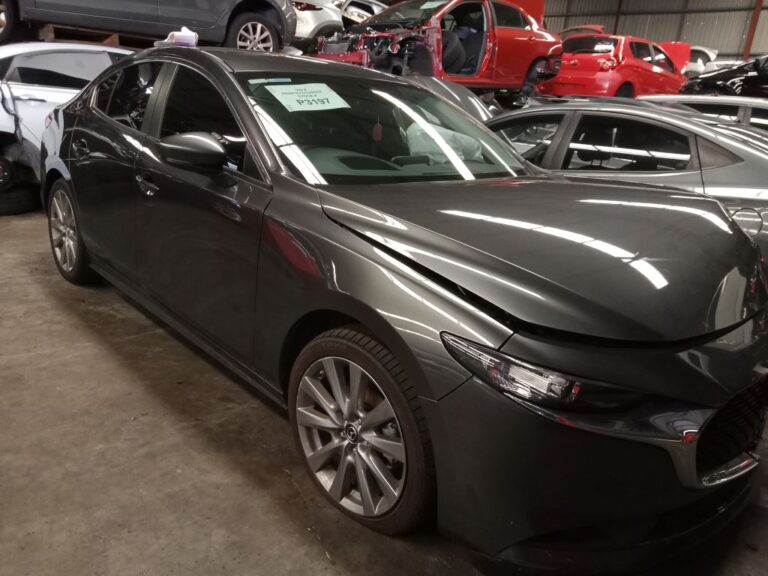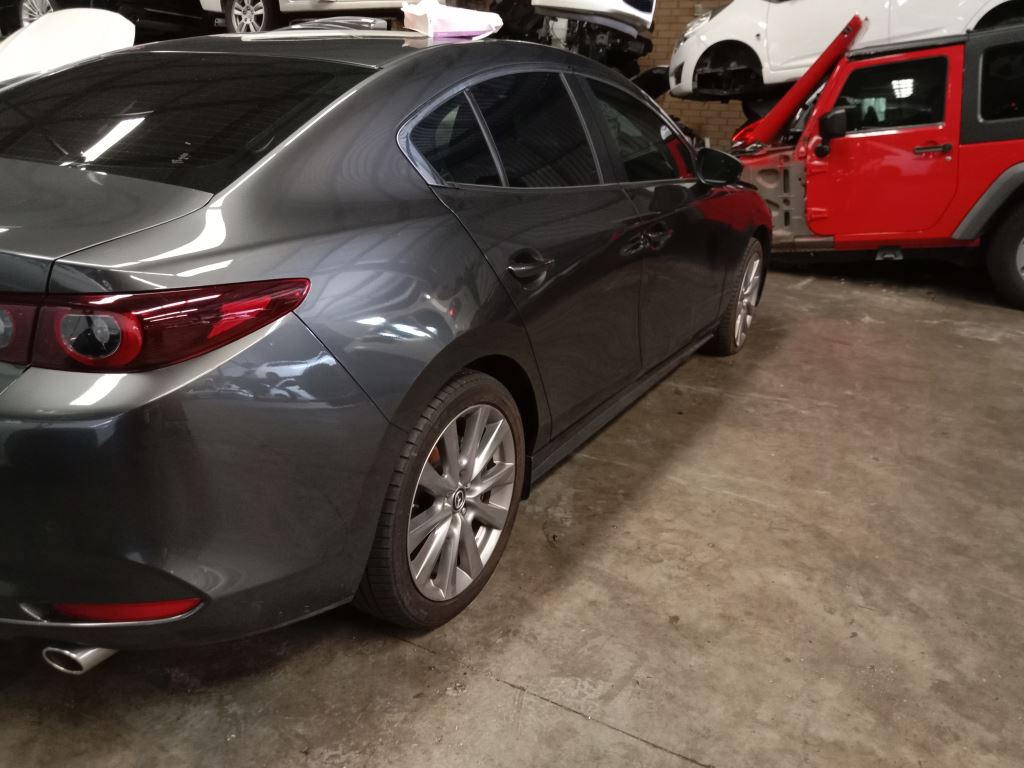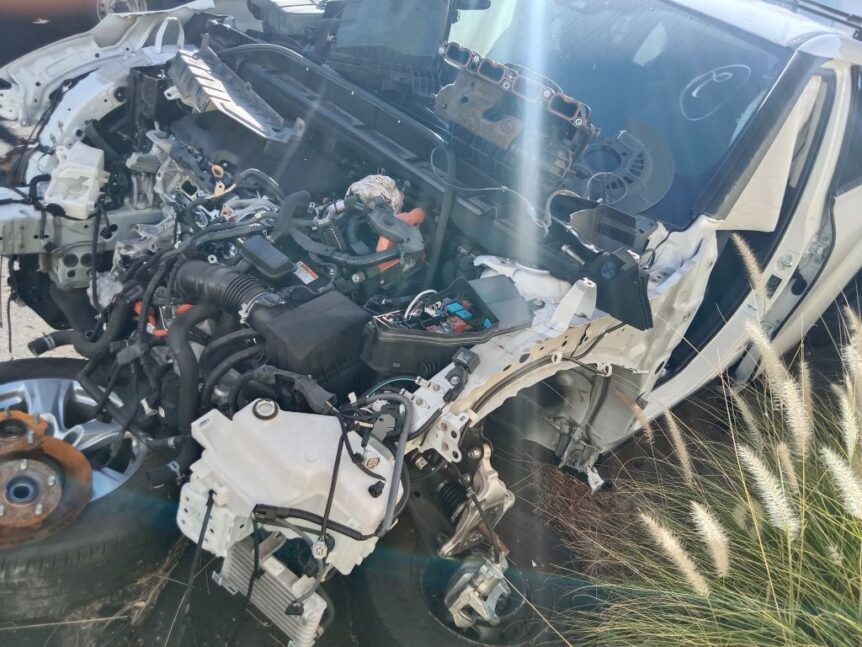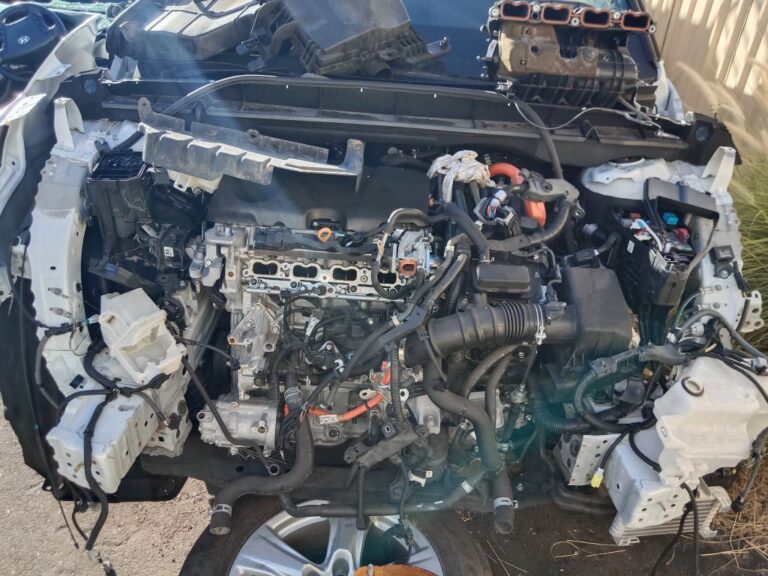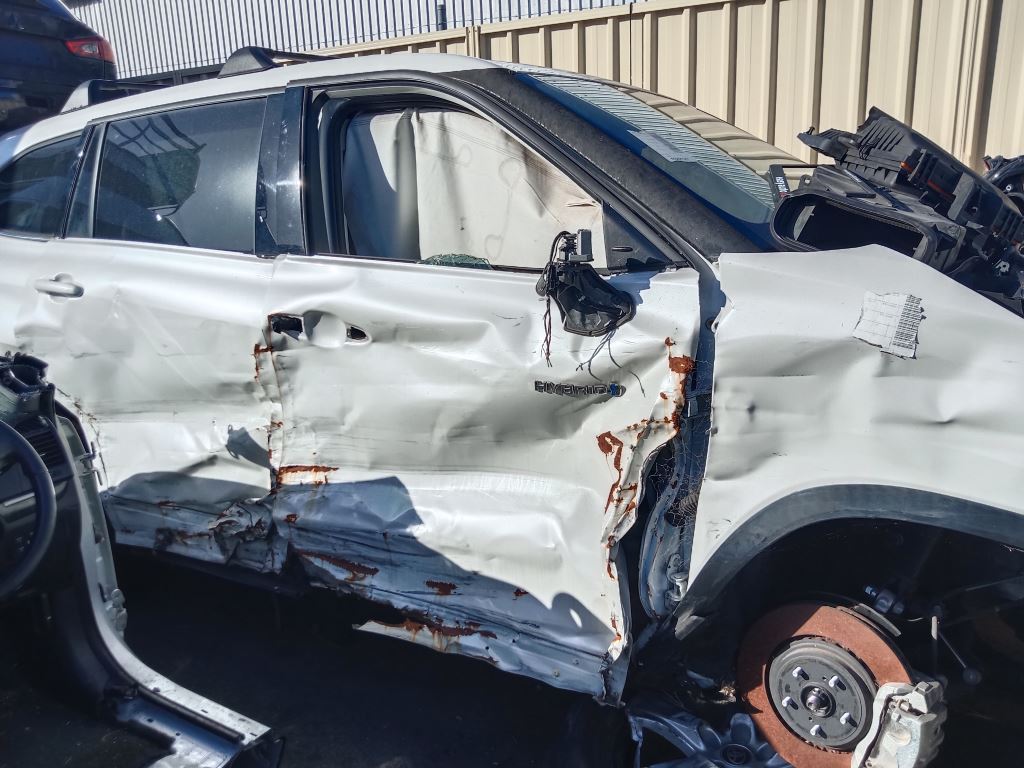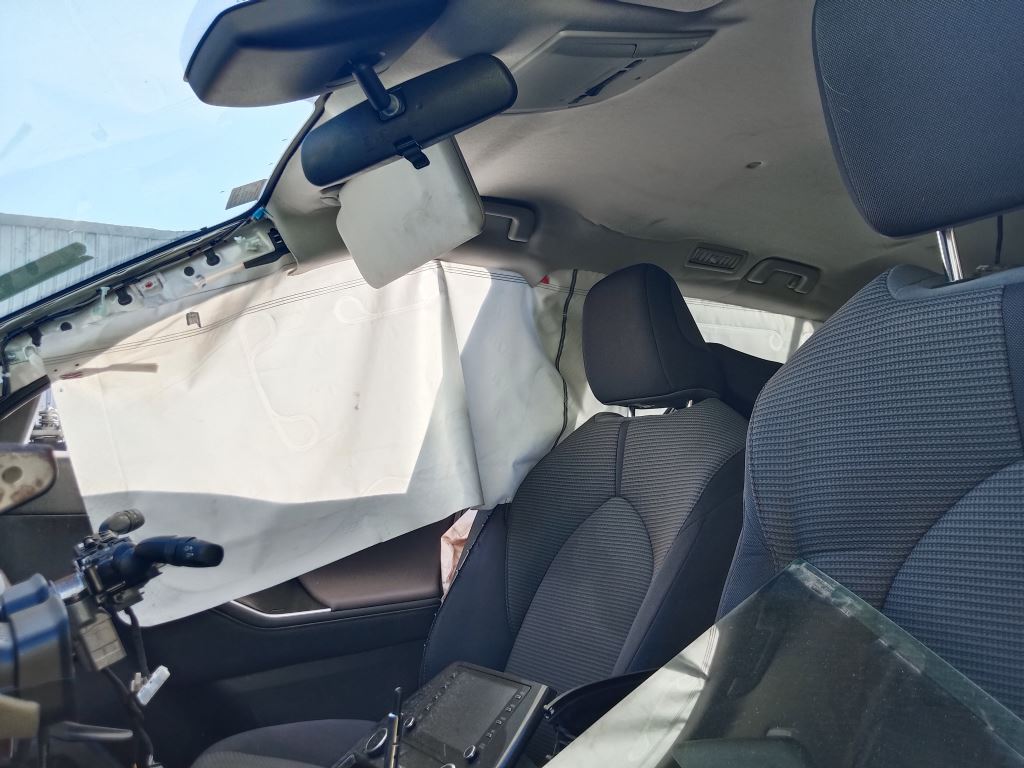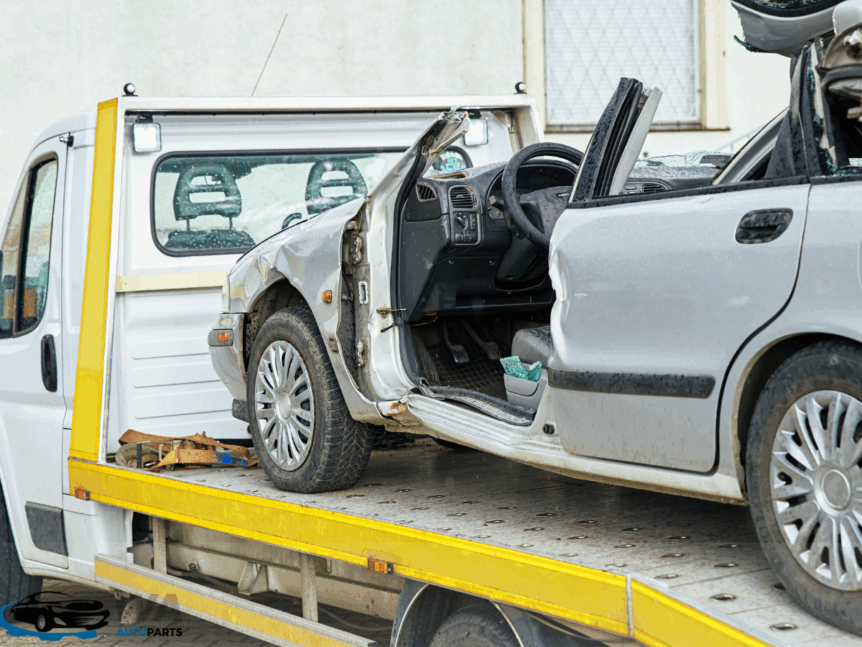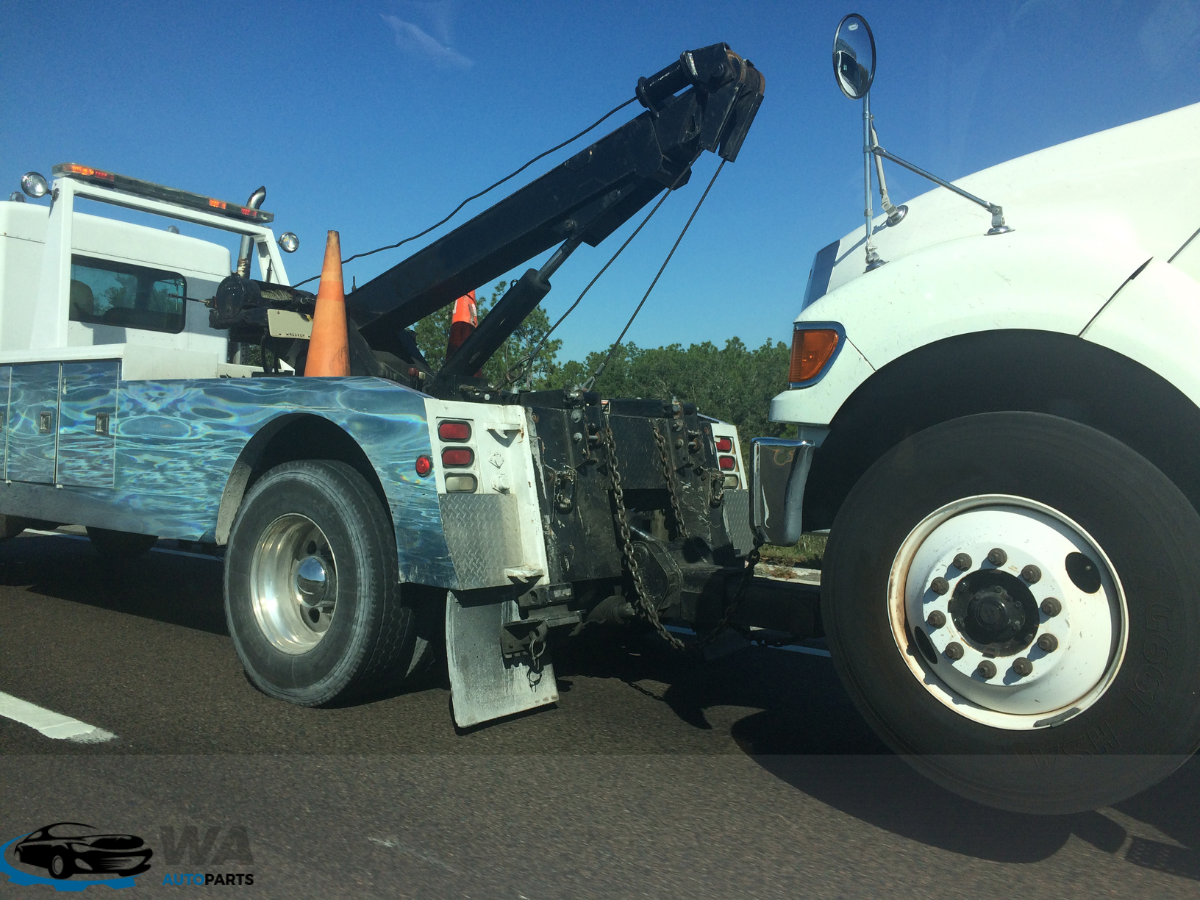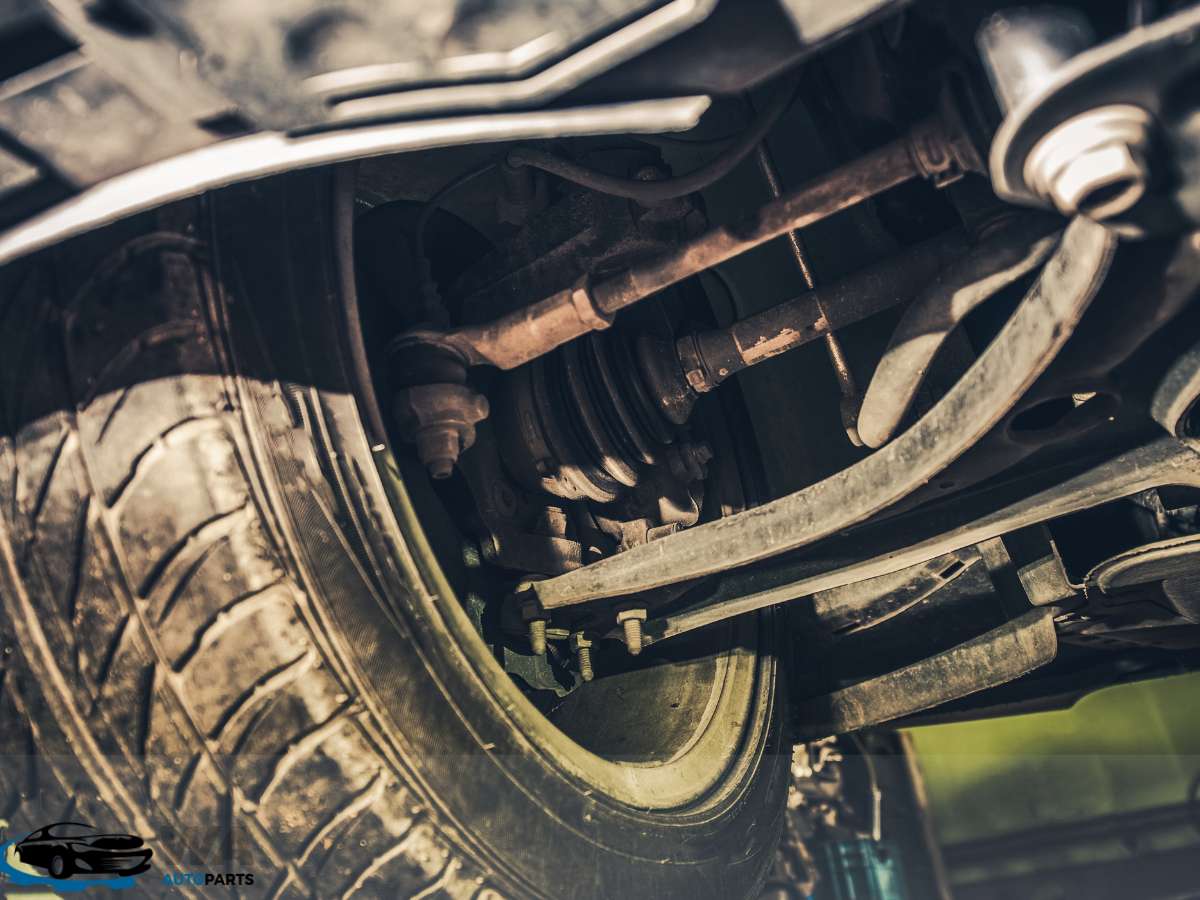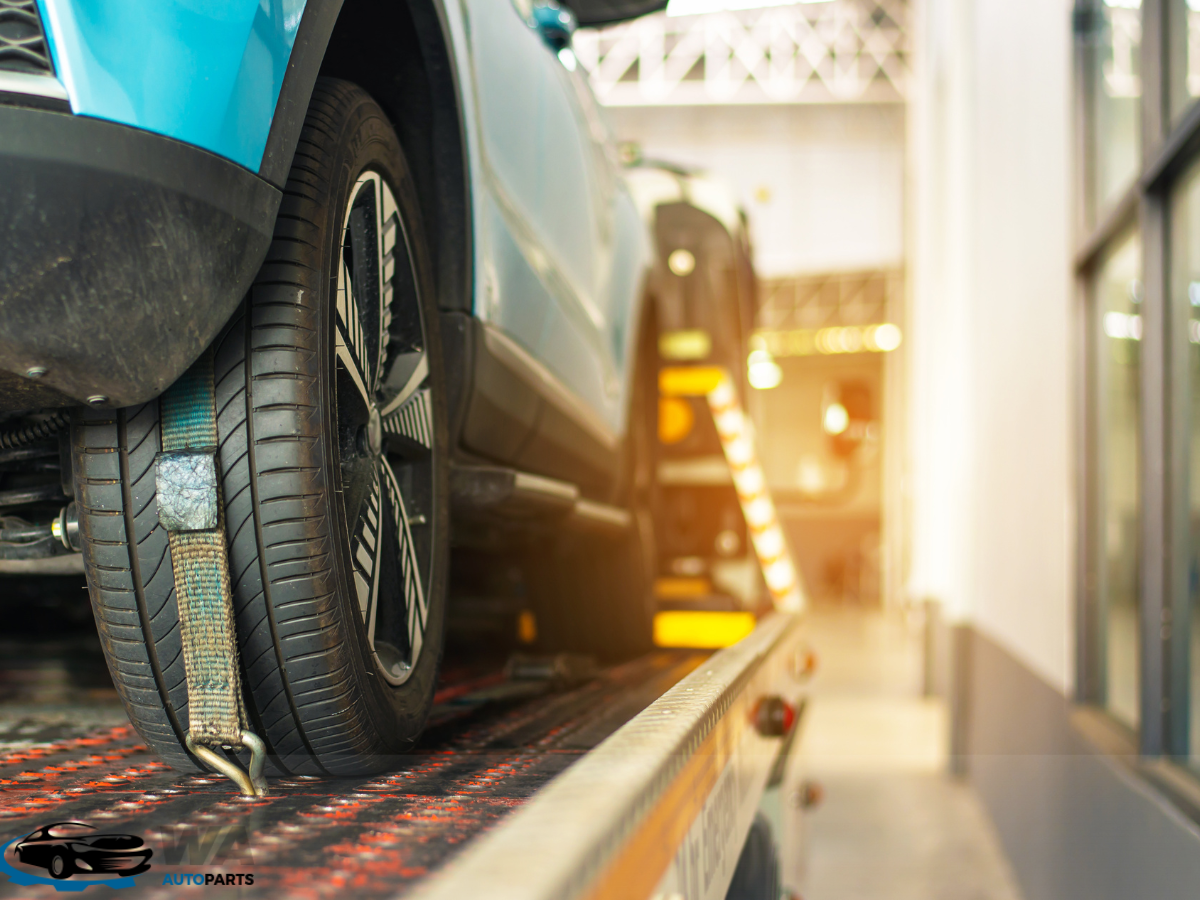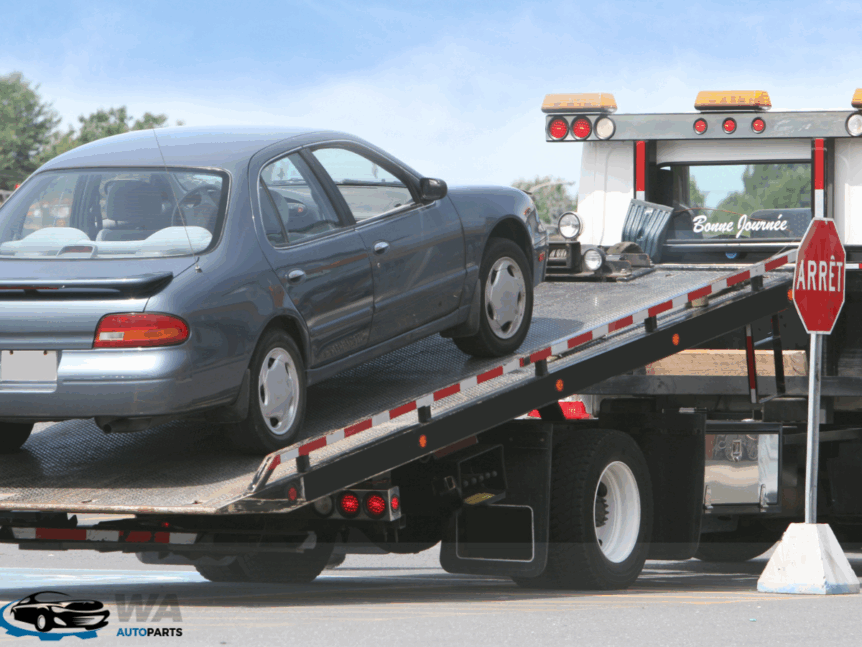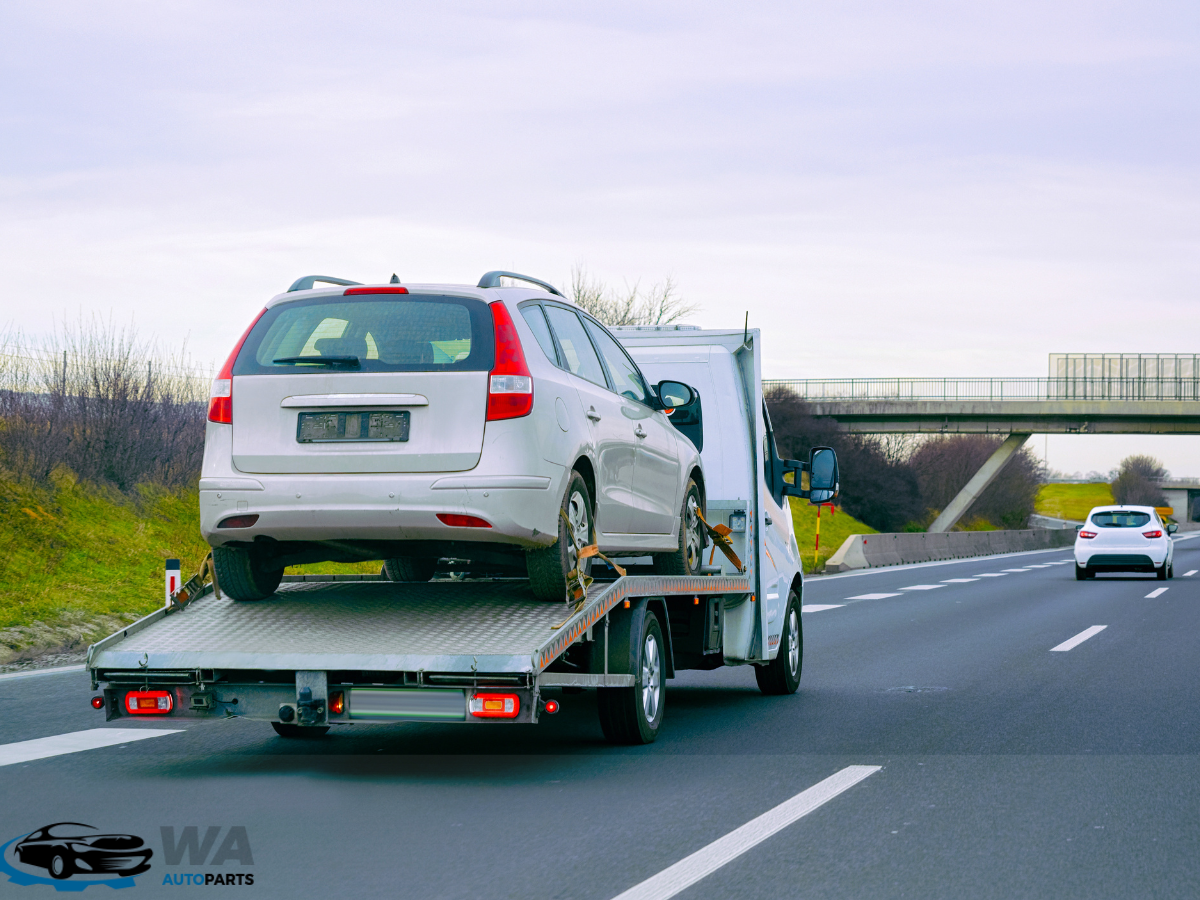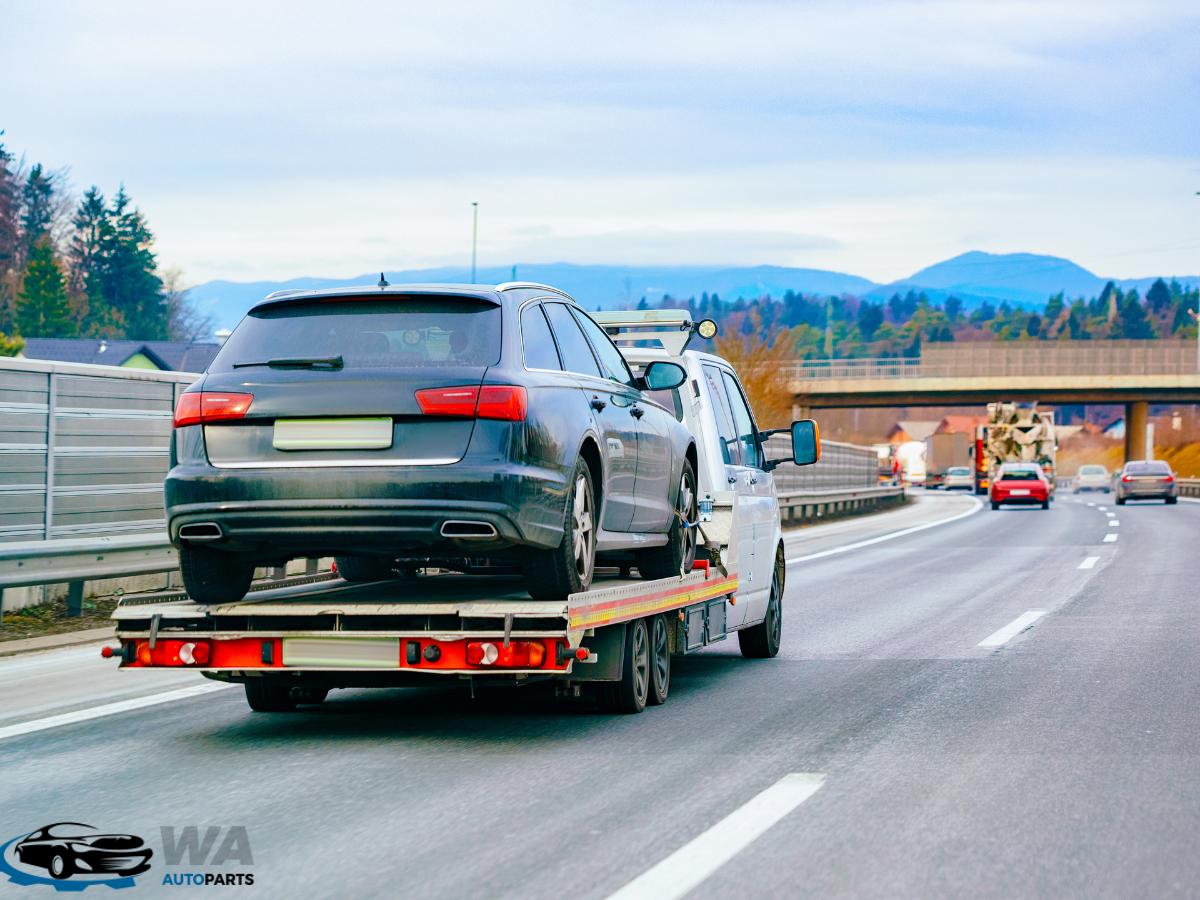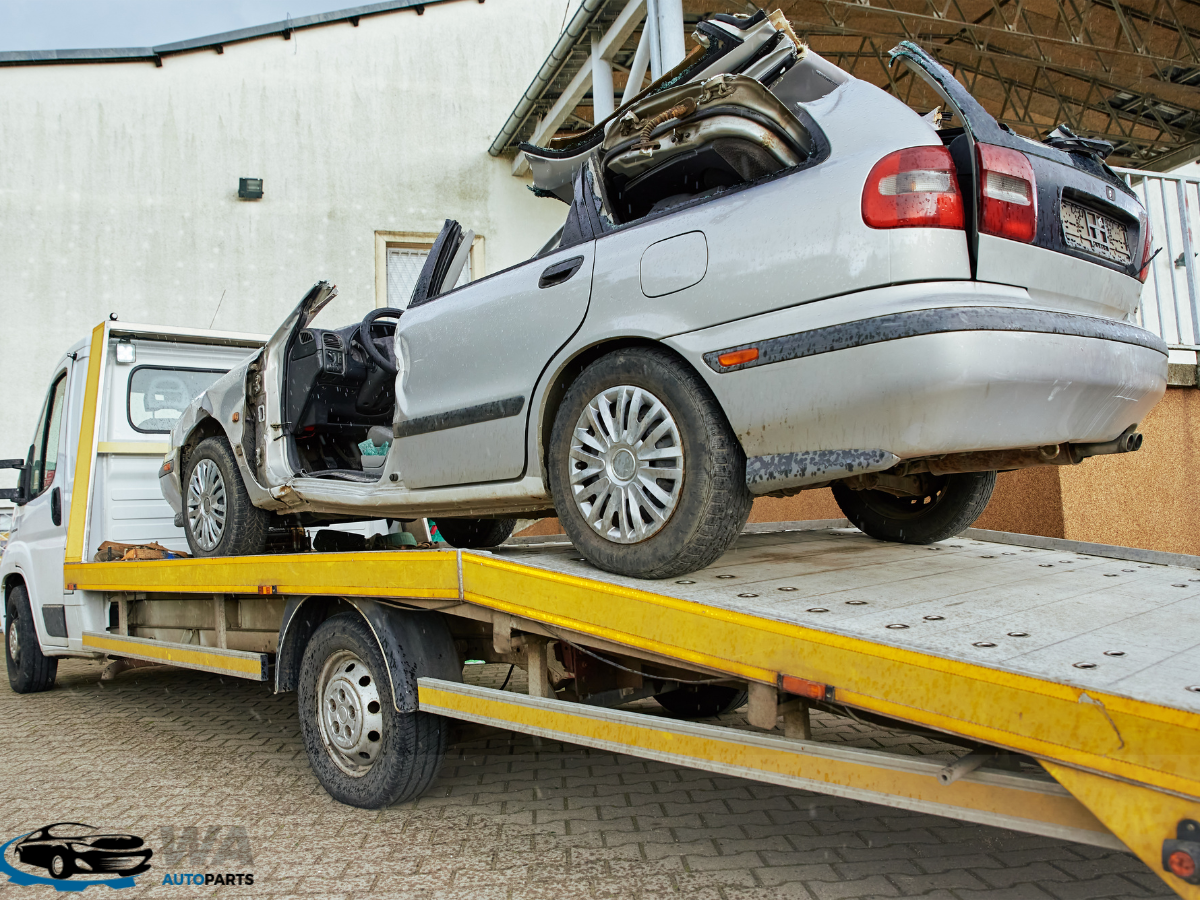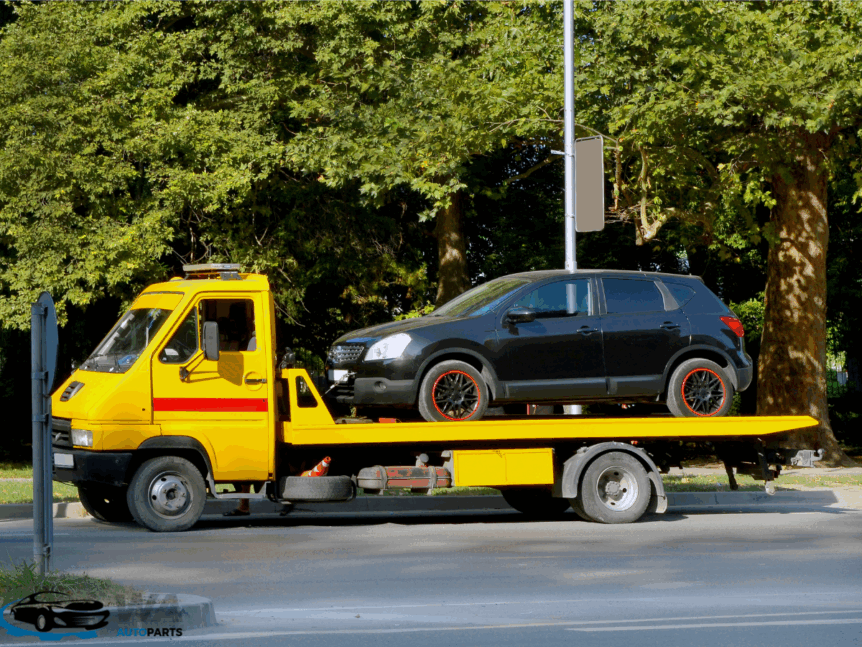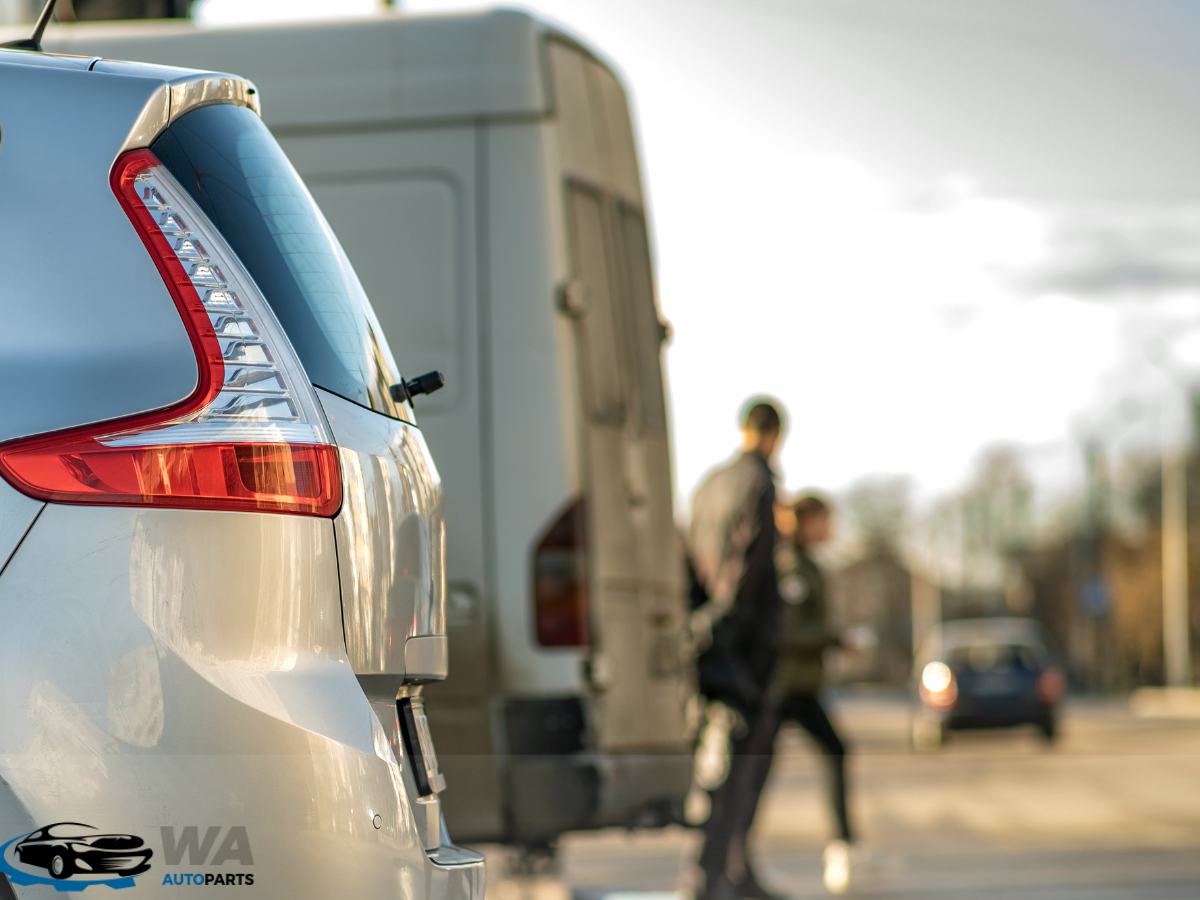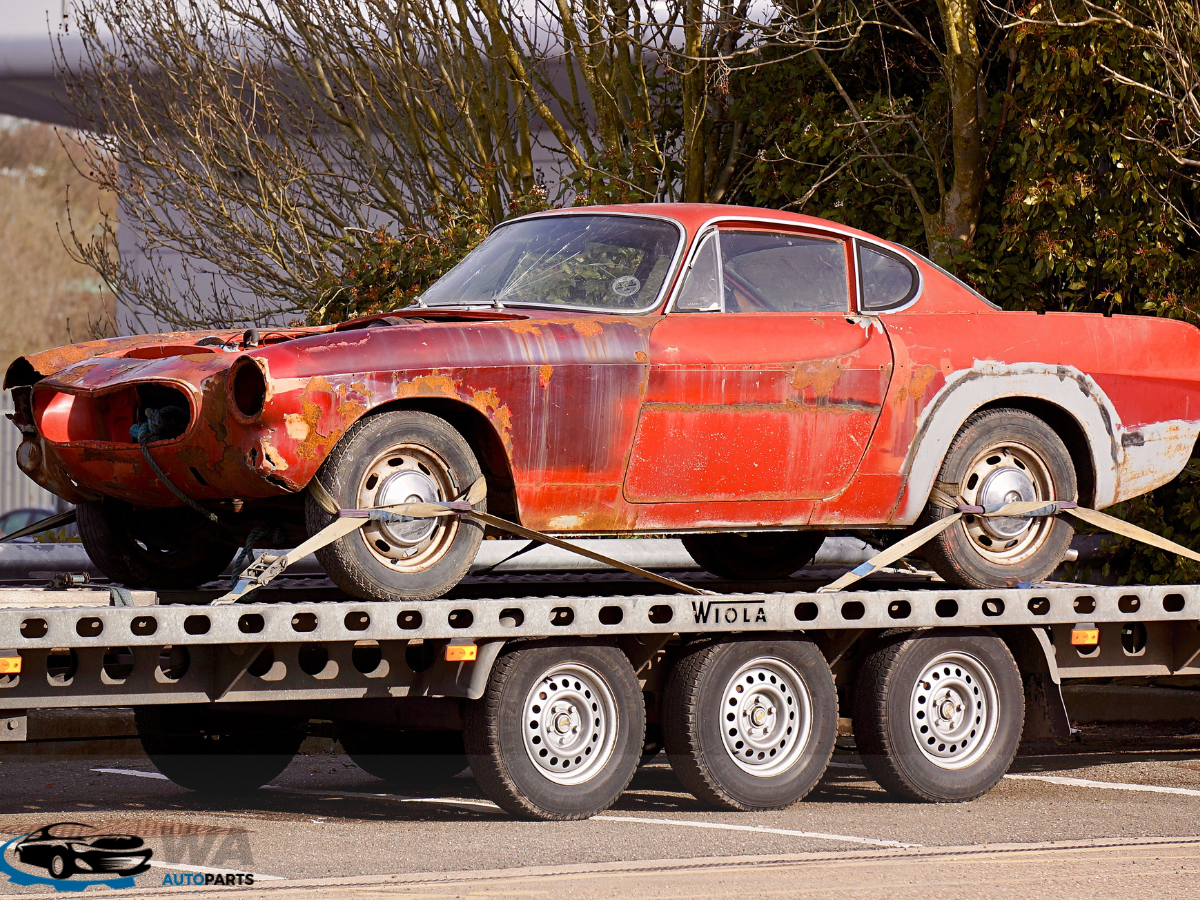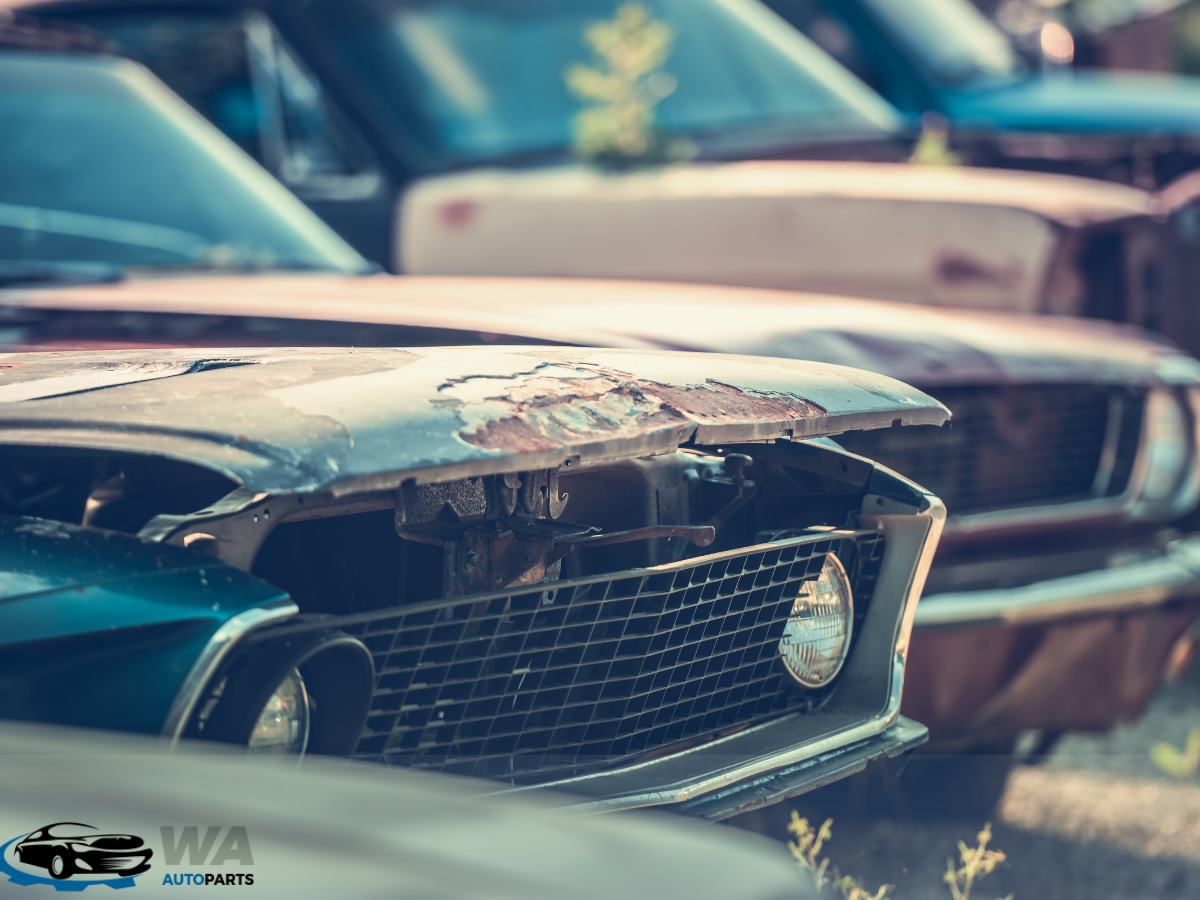Are you searching for reliable parts for your Hyundai Veloster? You’ve found the perfect solution. At WA Auto Parts, we’ve recently acquired a distinctive 2013 Hyundai Veloster in sleek black that’s now being professionally dismantled for parts. As Perth’s leading used auto parts specialist with over 15 years of proven experience, we know that finding authentic, affordable Korean vehicle components can save you hundreds while maintaining the unique style and performance your Veloster delivers.
This latest acquisition represents everything that made the Hyundai Veloster a standout in the automotive world – bold design, practical innovation, and surprising performance. Whether you’re a Veloster enthusiast maintaining your unique ride, a professional mechanic serving style-conscious clients, or an owner facing costly repair estimates, these genuine parts offer exceptional value without compromising on quality.
The Hyundai Veloster 2013: Redefining Automotive Design
The 2013 Hyundai Veloster holds a special place in automotive history as one of the most distinctive vehicles ever produced. This groundbreaking model challenged conventional design thinking with its asymmetrical door configuration – one door on the driver’s side, two on the passenger side – creating a perfect blend of coupe style and practical accessibility.
Under the hood, the 2013 Veloster features a 1.6-liter direct-injection four-cylinder engine producing 138 horsepower and 123 lb-ft of torque. While these numbers might seem modest, the engine’s responsive character and efficient design made it perfect for urban driving and highway cruising alike. The direct-injection technology ensures optimal fuel atomization, resulting in better fuel economy and reduced emissions compared to traditional port injection systems.
The transmission options included both a six-speed manual and a six-speed automatic with SHIFTRONIC manual mode. The manual transmission provided an engaging driving experience that appealed to enthusiasts, while the automatic offered convenience without sacrificing too much performance. Both options complemented the Veloster’s character perfectly, allowing drivers to choose their preferred level of involvement.
What makes the black finish particularly striking on the Veloster is how it accentuates the vehicle’s dramatic body lines and unique proportions. The deep black paint highlights the aggressive front fascia, distinctive LED daytime running lights, and the bold character lines that run along the vehicle’s flanks. This color choice remains highly desirable among Veloster owners because it emphasizes the car’s sporty, almost concept-car appearance.
The interior reflects Hyundai’s commitment to creating a driver-focused environment that matches the exterior’s bold personality. The wraparound dashboard design, sport-inspired seats, and unique center stack layout created an atmosphere that felt both futuristic and functional. The attention to detail in materials and fit-and-finish demonstrated Hyundai’s rapid evolution in interior design quality.
Comprehensive Parts Collection from Our Latest Korean Acquisition
At WA Auto Parts, we approach every Hyundai with the specialized knowledge that comes from 15 years of experience with Korean vehicles. Our systematic dismantling process ensures maximum parts recovery while maintaining the quality standards that Hyundai components deserve.
Exterior Components That Define the Veloster’s Unique Character
The black exterior of our 2013 Hyundai Veloster offers numerous high-value components for fellow Veloster owners and compatible Hyundai models. The signature hexagonal grille assembly, featuring Hyundai’s distinctive design language, creates the bold front face that makes every Veloster instantly recognizable on Perth roads.
The asymmetrical door configuration presents unique opportunities for parts availability. The single driver’s door and dual passenger doors showcase Hyundai’s innovative engineering approach. These doors feature sophisticated window regulators, premium door handles, and integrated safety systems that demonstrate Korean automotive advancement.
LED headlight assemblies represent advanced lighting technology that was ahead of its time in 2013. These units provide superior illumination compared to conventional halogen systems while consuming less electrical power. The distinctive LED daytime running light signature gives the Veloster its futuristic appearance while enhancing visibility during daytime driving.
Side mirror assemblies incorporate heated glass, power adjustment, and integrated turn signals. These mirrors demonstrate Hyundai’s attention to safety and convenience features. The aerodynamic design contributes to the Veloster’s respectable fuel economy while providing excellent visibility in various driving conditions.
The rear hatch assembly, including its sophisticated opening mechanism, showcases Hyundai’s engineering approach to practicality. The large opening provides excellent access to the cargo area, while the integrated spoiler contributes to both aerodynamic efficiency and the vehicle’s sporty appearance.
Bumper assemblies, both front and rear, feature complex designs that incorporate air intakes, styling elements, and mounting points for various sensors and lights. The precision molding and finishing quality demonstrate Hyundai’s commitment to premium appearance even in their more affordable models.
Interior Innovation That Matches Exterior Boldness
The cabin of our 2013 Hyundai Veloster demonstrates why the model became known for its unique approach to interior design. The sport seats, available in various upholstery options, provide excellent support for spirited driving while maintaining comfort during daily commutes.
The dashboard assembly features Hyundai’s driver-centric design philosophy, with the distinctive blue illumination that became a Veloster hallmark. The layout prioritizes ease of use while maintaining the futuristic aesthetic that complements the exterior design. Every control feels substantial and purposeful, reflecting the improved build quality that Hyundai achieved during this period.
Climate control components include an efficient air conditioning system with straightforward controls that prioritize functionality over complexity. The system provides effective temperature control while operating quietly, contributing to the overall driving experience.
The infotainment system, while relatively simple by today’s standards, represents solid Korean engineering with intuitive operation and clear display quality. The system integrates well with the vehicle’s other functions, providing the connectivity that drivers expect without unnecessary complications.
Storage solutions throughout the cabin reflect practical Korean engineering, with thoughtfully placed compartments, cup holders, and charging points that enhance daily usability. The unique interior layout maximizes space utilization while maintaining the coupe-like aesthetic.
Advanced Mechanical Systems for Efficient Performance
The mechanical components of our 2013 Hyundai Veloster represent reliable Korean engineering focused on durability and efficiency. The 1.6-liter Gamma engine incorporates direct injection technology, aluminum construction, and electronic engine management systems that optimize performance across various driving conditions.
This engine’s design emphasizes longevity through proven technologies and conservative tuning. The typical maintenance history of Hyundai ownership means these mechanical components often retain substantial remaining service life, making them particularly valuable for cost-conscious buyers seeking reliable replacements.
The transmission systems, whether manual or automatic, demonstrate Hyundai’s commitment to smooth operation and durability. The six-speed configurations provide optimal gear ratios for both performance and fuel economy, while robust construction ensures reliable operation even under demanding conditions.
Suspension components showcase Hyundai’s approach to balancing comfort with responsive handling. The MacPherson strut front and torsion beam rear setup provides predictable handling characteristics while maintaining ride comfort suitable for daily driving. The components are engineered for consistent performance throughout their service life.
The brake system incorporates modern safety technologies including ABS, electronic brake-force distribution, and brake assist. These systems work together to provide reliable stopping power while incorporating features that enhance safety in various driving situations.
Professional Vehicle Assessment and Quality Assurance
Every Hyundai entering WA Auto Parts receives thorough evaluation from our Korean vehicle specialists. Our 15 years serving Perth’s automotive community has developed particular expertise in Hyundai systems and the quality standards that Korean automotive components maintain.
This specific 2013 Hyundai Veloster came through our established network of insurance providers and private sellers. While the vehicle experienced damage that made restoration uneconomical, the majority of its mechanical and electrical systems remained in excellent working condition. Our comprehensive assessment identifies components that meet our strict quality criteria.
We utilize appropriate diagnostic equipment to test electronic components, ensuring they meet the specifications that Hyundai’s integrated systems require. This thorough testing approach verifies that modules like the engine management system, climate control, and infotainment components function correctly before being offered to customers.
The maintenance patterns typical of Hyundai ownership often include regular service intervals and quality parts usage, which translates to longer component life and better performance when parts are transferred to other vehicles.
Economic Benefits of Quality Used Hyundai Parts
Selecting authenticated used parts from WA Auto Parts represents smart financial planning for Hyundai owners and repair professionals throughout Perth. New Hyundai parts often carry pricing that reflects their quality engineering and manufacturing standards, but can strain budgets for older vehicle maintenance.
Used parts from our facility typically cost 40-60% less than dealership prices while maintaining comparable performance and reliability. This cost advantage becomes particularly important for major components like engines, transmissions, and electronic modules that might exceed the vehicle’s current value when purchased new.
For Hyundai owners, using quality used parts often determines whether repair remains economically viable or forces consideration of vehicle replacement. Our genuine Hyundai parts help extend vehicle life while maintaining the performance and reliability that Korean engineering provides.
The proven durability of Hyundai components means used parts often provide many additional years of reliable service when properly installed and maintained. This reputation for longevity makes Hyundai parts particularly attractive in the used market.
Korean Vehicle Expertise: Our Hyundai Specialization
As specialists in Japanese, European, Australian, Korean, and American vehicles, WA Auto Parts brings particular expertise to Hyundai parts and systems. Our 15 years of experience includes extensive work with Hyundai vehicles across their complete model range, providing deep understanding of component compatibility and quality considerations.
Many parts from our 2013 Hyundai Veloster are compatible with other Hyundai models from similar years, extending their potential applications and providing additional sourcing options for Hyundai owners. Our experienced staff provides expert guidance about cross-model compatibility and helps identify the perfect parts for specific applications.
The engineering excellence that Hyundai builds into their vehicles means used parts typically provide exceptional long-term value when properly maintained. This reputation for quality construction makes Hyundai components highly sought after in the used parts market.
Environmental Stewardship Through Automotive Recycling
Choosing used parts from WA Auto Parts supports environmental responsibility by extending the useful life of well-engineered automotive components. The automotive recycling industry plays a crucial role in reducing the environmental impact of vehicle ownership and disposal.
Manufacturing new automotive parts requires substantial energy, raw materials, and transportation resources. By utilizing existing components that retain useful service life, we reduce demand for new manufacturing while providing cost-effective solutions for vehicle owners throughout Western Australia.
Our systematic dismantling process ensures valuable materials like aluminum engine components, steel structural parts, and plastic interior pieces are recovered for recycling into new products. This approach supports sustainable practices while maintaining the quality standards that customers expect.
Connect with Perth’s Korean Vehicle Specialists
At WA Auto Parts, we’re committed to helping Hyundai owners maintain their vehicles’ unique character and reliable performance without breaking their budgets. Our 2013 Hyundai Veloster in black offers an exceptional




